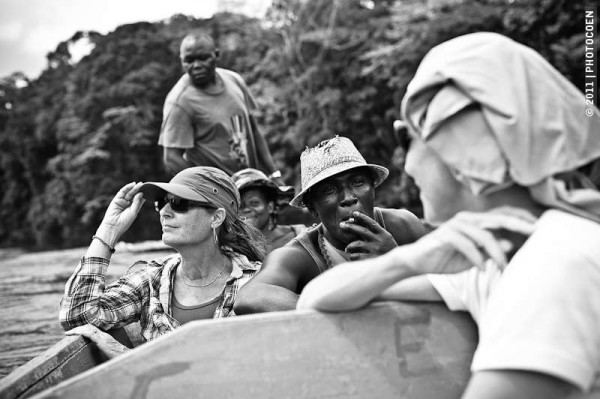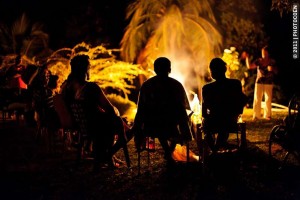TRIP 3: Up the Suriname River by dugout canoe
Of all Surinamese boats, I was most impressived by the korjalen (dugout canoes). Maroons and Amerindians depend on them, for many of the villages in the rainforest have no road access.
Korjalen, about one meter wide and up to 14 long, are constructed by hand. Trees are cut and hollowed out by fire, after which beams are wedged inside the trunk to widen it until the correct size is reached. The process takes about two months, and one korjaal costs around 8000 SRD (~$2400US). The purchase of the outboard motor adds another 8000 SRD to the price.



